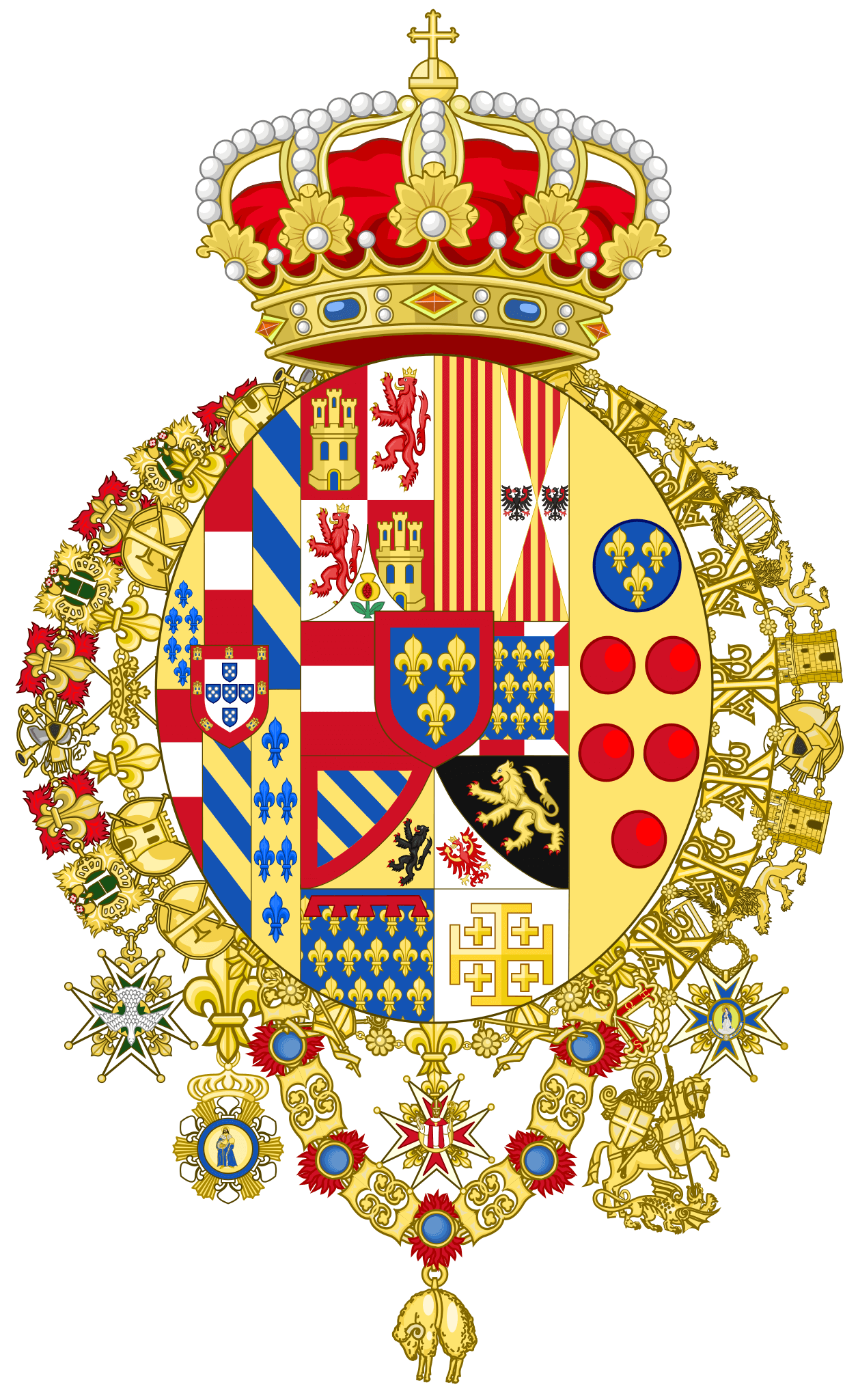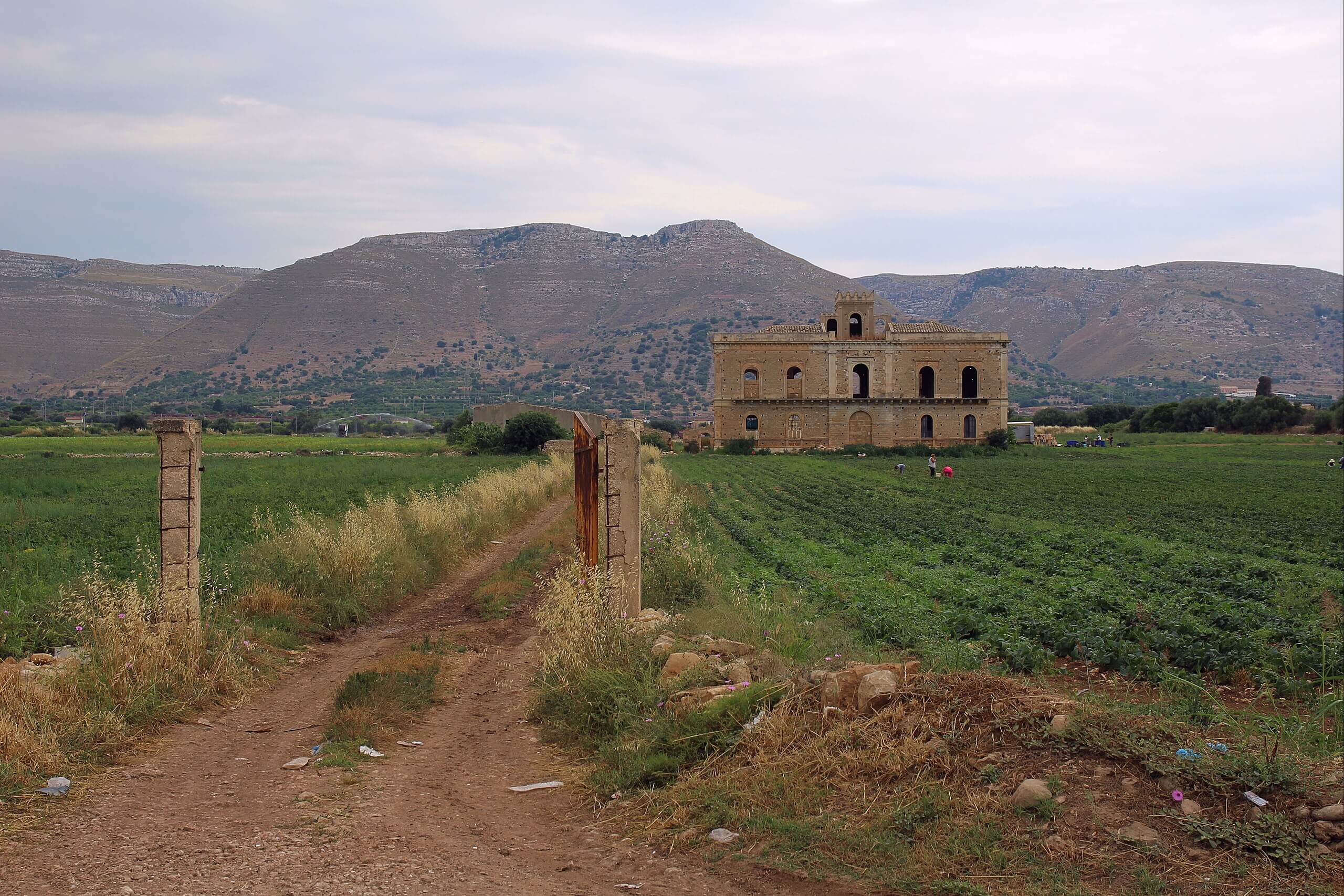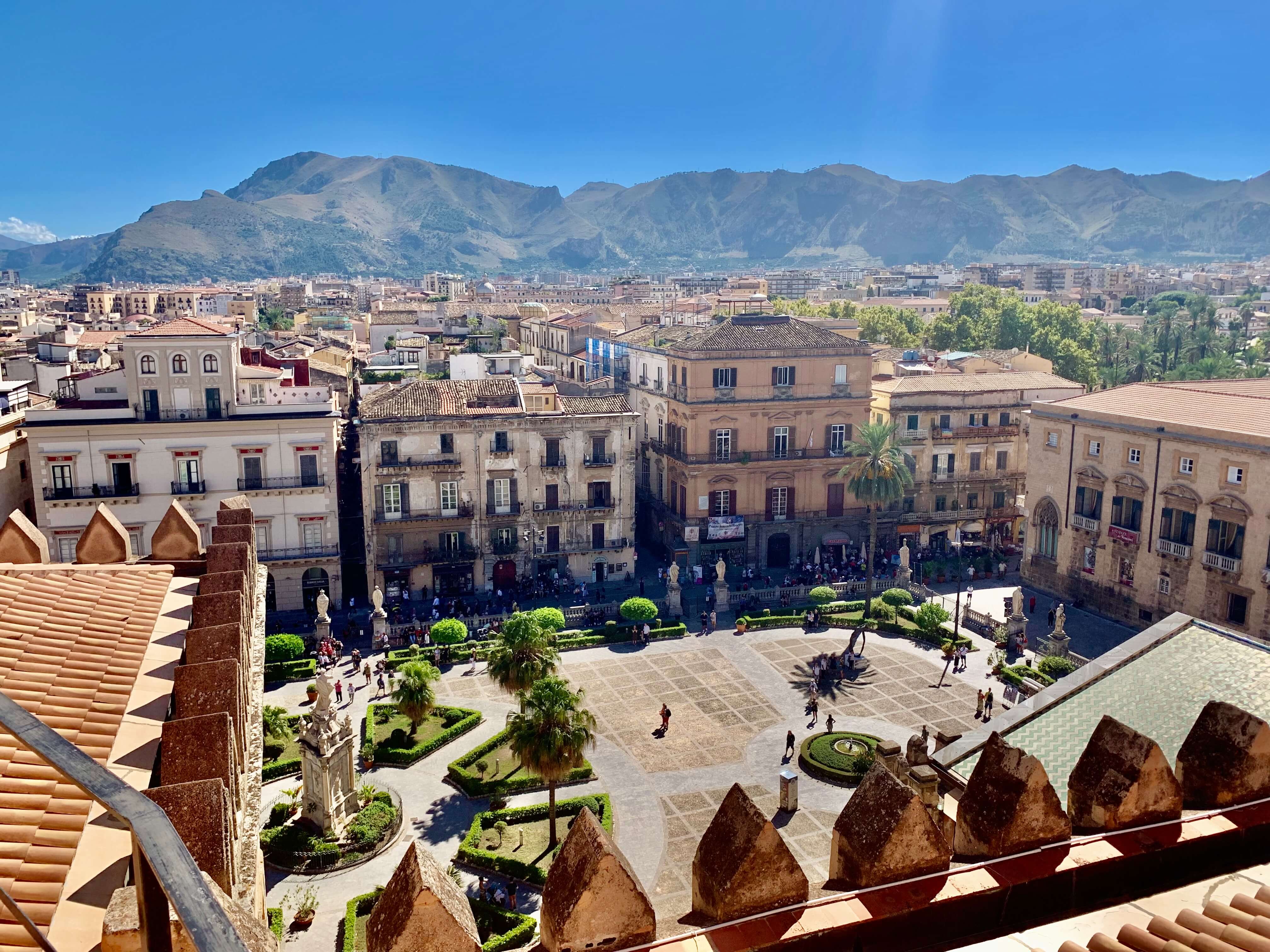- Home
- Sicilian Language
Discover the Melodic Charm of the Sicilian Language: History on the Tip of the Tongue
Welcome to a linguistic journey through the ancient traditions of Sicily, the beautiful land where a unique and melodious speech thrives: Sicilian language.
In this article, we'll delve into the captivating charm of the Sicilian language, a unique linguistic gem with a rich history and cultural significance.
Sicilian, a Romance language enriched with influences from Latin, Ancient Greek, Byzantine Greek, Arabic, Norman, Spanish, Lombard, Hebrew, Catalan, Occitan, and Germanic languages - not to mention Sicels and Elymians - carries the echoes of centuries past.
Whether you're a language enthusiast, a traveler planning to visit Sicily, or simply curious about the world's diverse linguistic heritage, join this lingual odyssey as we unlock the melodic charm of the Sicilian language and uncover its hidden treasures.
The History and Origins of the Sicilian Language
The Sicilian language boasts a rich and intricate history, deeply intertwined with the diverse cultures that have inhabited the island of Sicily over the centuries.
We know little about the island's original inhabitants, who left no written culture behind. Yet traces of their speech can still be found in the Sicilian language.
Ancient Greek influences, on the other hand, are clear. However, because Greeks influenced culture also in Byzantine times and there are traces of Greek in Roman Latin, it is difficult to say precisely where each Greek influence originates.
During the Arab rule from the 9th to the 11th centuries, Sicilians absorbed numerous Arabic terms, particularly in agriculture, science, and everyday life. At that time, Arabic was spoken only by the elite. People spoke a mixture of Greek, Latin, and Siculo-Arabic. Today, you can hear Siculo-Arabic only in Malta.
The Normans, who conquered Sicily in the 11th century, further contributed to the linguistic landscape by introducing Old French elements. As Papists, the Normans also restored the use of Latin.
Spain also ruled Sicily for three centuries. They, too, passed many loanwords into the Sicilian language.
 Coat of arms of Kingdom of Two Sicilies. The Spanish united the kingdoms of Naples and Sicily to form the Kingdom of Two Sicilies.
Coat of arms of Kingdom of Two Sicilies. The Spanish united the kingdoms of Naples and Sicily to form the Kingdom of Two Sicilies.Finally, with the unification of Italy, the official Italian language has also had its influence—the same language that, at its birth, was greatly influenced by Sicilian. Thus, the circle was, in a way, completed.
Under fascism, learning Italian became compulsory and Sicily's official language of education. Until then, Sicilian had been the primary language spoken in schools.
Since the Second World War, the mass media have increased the influence of the Italian language. This trend continues today despite official declarations.
Differences Between Sicilian and Italian
While Sicilian and Italian share a common Latin origin, they diverge significantly in various aspects, each leading to a distinct and unique identity for the language.
Sicilian is officially its own language, and UNESCO has designated it a minority language status.
Sicilian has the oldest literary tradition of any Italian-Romanic language. In the Middle Ages, the Italian poets Petrarch and Dante called it the original language of poetry. This notion dates back to the reign of Frederick II (1198-1250) when Sicilian became the first modern Italian literary language.
Later, the literary center of gravity shifted from Sicily to Tuscany, and the Tuscan dialect became the official language of Italy. However, it was still influenced by the Sicilian language.
Travelers may wonder whether they should learn Sicilian or Italian if they visit the island. The best way to describe the relationship between the two languages is to say that Sicilians understand when you speak Italian to them. Italian speakers, in turn, may not understand what a Sicilian responds to them.
Still, go for Italian. You can get along with it in Sicily, and it comes in handy also outside the island.
Sicilian Literature and Poetry
Sicilian literature has a long and illustrious history, with roots that go back to the medieval period.
The Sicilian School of Poetry, a group of poets, including Giacomo da Lentini, played a pivotal role in developing the sonnet form. This form would later influence poets across Italy and beyond, solidifying the Sicilian language's place in the broader Italian cultural landscape.
The Sicilian poetic tradition, characterized by its use of the Sicilian dialect, rich imagery, and themes that often revolve around love, nature, and the human experience, has helped to solidify the language's place in the broader Italian cultural landscape.
 Sicily has always had a close relationship with nature and the countryside, also reflected in its language.
Sicily has always had a close relationship with nature and the countryside, also reflected in its language.In addition to poetry, Sicilian literature encompasses various genres, including novels, plays, and short stories. Contemporary Sicilian authors continue to explore the complexities of life on the island, weaving tales that reflect both the struggles and joys of Sicilian identity.
Writers such as Andrea Camilleri, known for his Inspector Montalbano series, have brought the Sicilian language to a broader audience, showcasing its expressive potential and cultural significance. Through their works, these authors contribute to the ongoing evolution of Sicilian literature, ensuring its relevance in the modern literary scene.
Status of Sicilian Language Today
Sicilian is spoken not only in Sicily but also by immigrants from all over the world. The largest Sicilian immigrant populations are in the United States, Canada, Australia, Venezuela, and Australia.
Sicilian has no official status - even in Sicily. However, there is a standardized version: the first Sicilian dictionary was published in the 19th century.
Today, the Sicilian Parliament has encouraged the teaching of Sicilians in schools—however, there has been little progress in implementing this.
Instead, Sicilian is taught around the world by various informal bodies. This is particularly true in New York, where a sizeable Sicilian community exists.
Many family associations, church organizations, and historical societies have also taken on teaching Sicilian.
Conclusion: Embracing the Beauty of the Sicilian Language
In conclusion, the Sicilian language is a vibrant and essential part of Sicily's cultural heritage, rich with history, expressive characteristics, and a unique identity.
Its melodic charm transcends mere communication, serving as a vessel for the Sicilian people's traditions, values, and experiences.
By exploring the language's roots and features, we gain valuable insights into the island's fascinating past and vibrant present.
Related:
Recent Articles
-
Sicilian Food - Rich Flavors, Endless Passion
Apr 09, 25 09:54 AM
All you need to know about Sicilian food, its ingredients and history. -
Things to Do in Palermo - Tips for a Perfect Holiday
Apr 05, 25 04:27 AM
Things to Do in Palermo - From historic landmarks to delicious food, this guide has it all. -
The Story of Tommaso Buscetta: From Mafia Boss to Key Witness
Mar 30, 25 05:12 AM
Tommaso Buscetta built Sicilian Mafia into a global empire - which he then destroyed.
Follow MANY FACES OF SICILY on Facebook, Instagram, Bluesky & Pinterest
Contact: vesa@manyfacesofsicily.com


